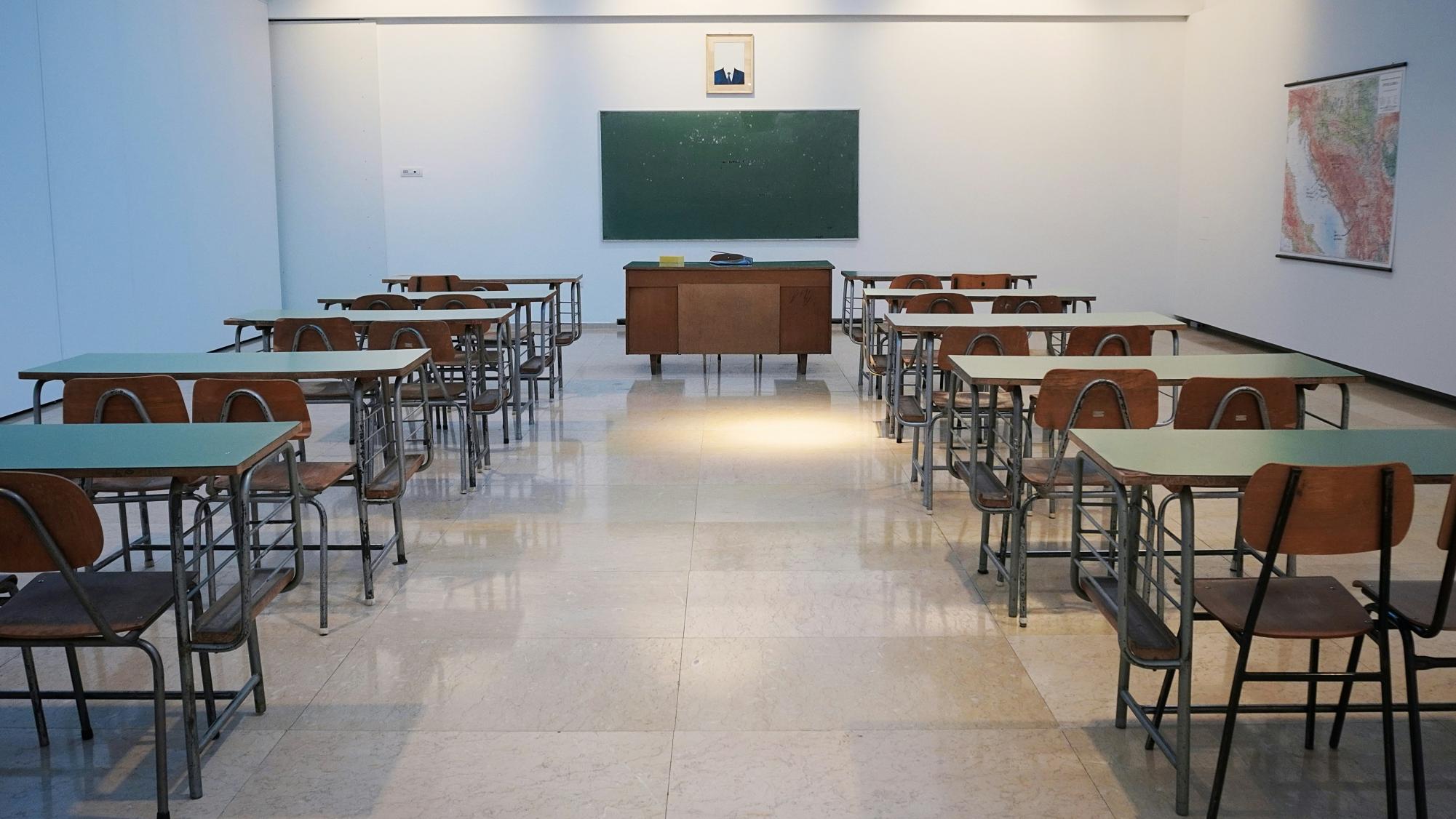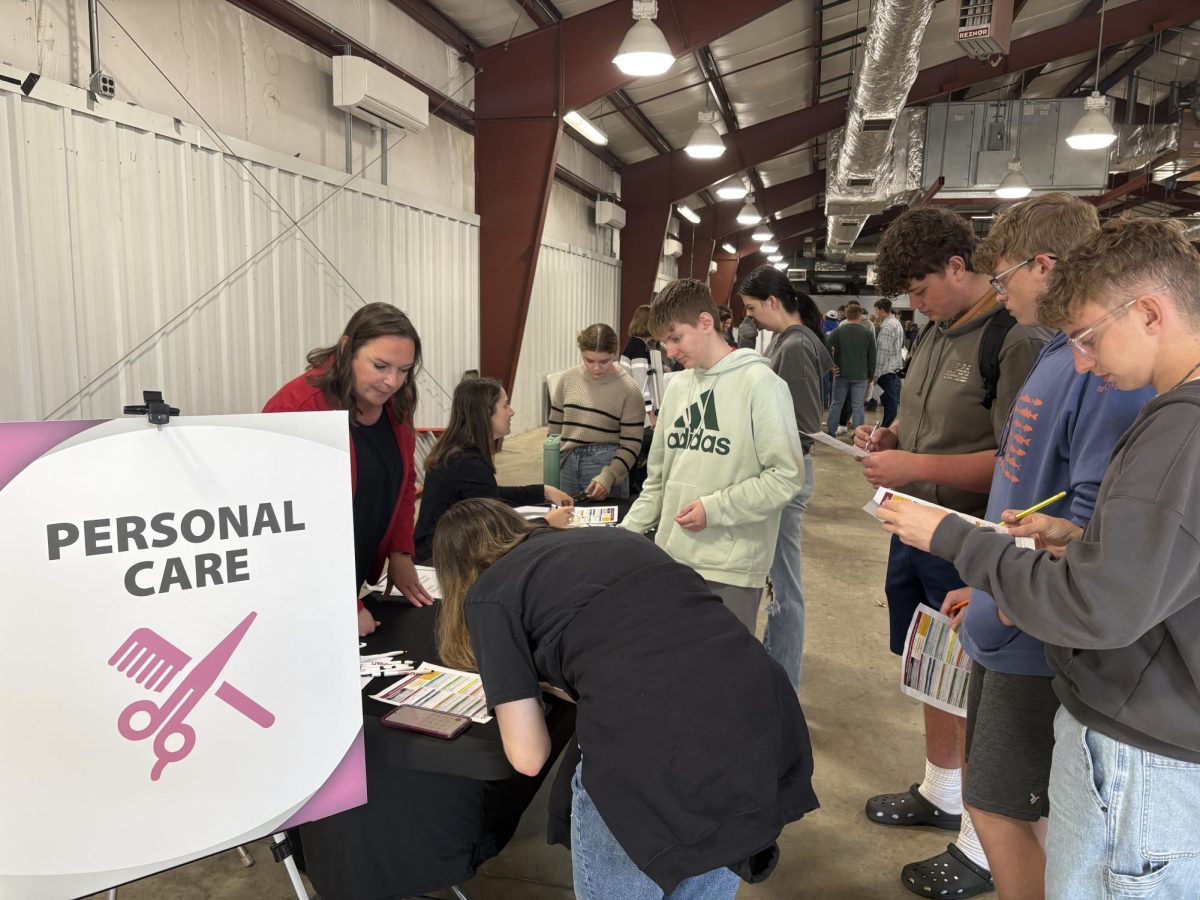The question is not whether schools need safety improvements; rather, it’s what students can do to make our schools safer. While administrators and lawmakers debate school safety, students have the power to make schools safer for both students and staff. From speaking out about concerns to spreading respect and empathy, these small actions can lead to significant changes. Students across the globe have the ability to make schools safer and more inclusive places. Change doesn’t come from debates and policies alone; it comes from the people who walk the halls every day.
One of the most effective ways students can help create safer schools is by speaking up. As much as school officials stress the importance of reporting concerns, it is ultimately up to students to do so. If you see something suspicious or hear about a possible threat, the best course of action is to report it. Talking to a principal or other school officials about anything concerning not only makes your school safer but can also help prevent tragedies. Many schools have implemented anonymous reporting systems, such as Safe 2 Say Something, which allows students to confidentially report threats of violence, bullying, or other safety concerns. Students can submit tips through the Safe 2 Say Something website, mobile app, or by calling 1-844-SAF-2-SAY (723-2729). This system ensures that students can take action without fear of being labeled as a “snitch.”
West Branch’s Assistant Principal, Jesse Husted, states, “Students dictate school safety by following the rules and treating everybody with dignity and respect. Faculty, staff, and administration uphold the school rules and foster a culture of respect. We are all in this together, and it is important that every single person in this building feels a sense of belonging.”
Another key factor in improving school safety is fostering a positive environment. Bullying, exclusion, and hostility are all prominent issues that make schools less safe for students and staff. These negative experiences often leave students feeling isolated and vulnerable. By encouraging kindness, respect, and inclusivity, students can help prevent conflicts before they escalate into larger safety concerns.
Finally, students should take drills and safety procedures more seriously. Schools implement these drills to ensure student safety, yet they are often not taken as seriously as they should be. These drills help students understand what to do in case of a crisis. Students who treat them as a “joke” not only downplay the seriousness of the situation but also risk being unprepared if an actual emergency occurs. Instead, students should view these drills as an opportunity to be prepared and stay safe. Knowing how to navigate crises is just as important as preventing them in the first place.
In the end, making our schools safer goes beyond policies and security systems. It can start with the student body. It’s about students having the courage to speak up, the empathy to choose kindness over cruelty, and the maturity to take safety seriously. These everyday decisions might feel small in the moment, but together, they have the power to transform our school culture.










